Snakes are animals that appear quite a lot in life and cause a lot of confusion for people, especially in areas where poisonous snakes appear a lot. They crawl on roofs, on tree branches, they hide under beds, hide in corners or cool places.
If you live in an area where snakes are common, it’s essential to know which plants might be inviting them into your yard. Here’s a list of ten plants that could draw snakes closer to your home, and tips on how to stay safe.
1. Banana
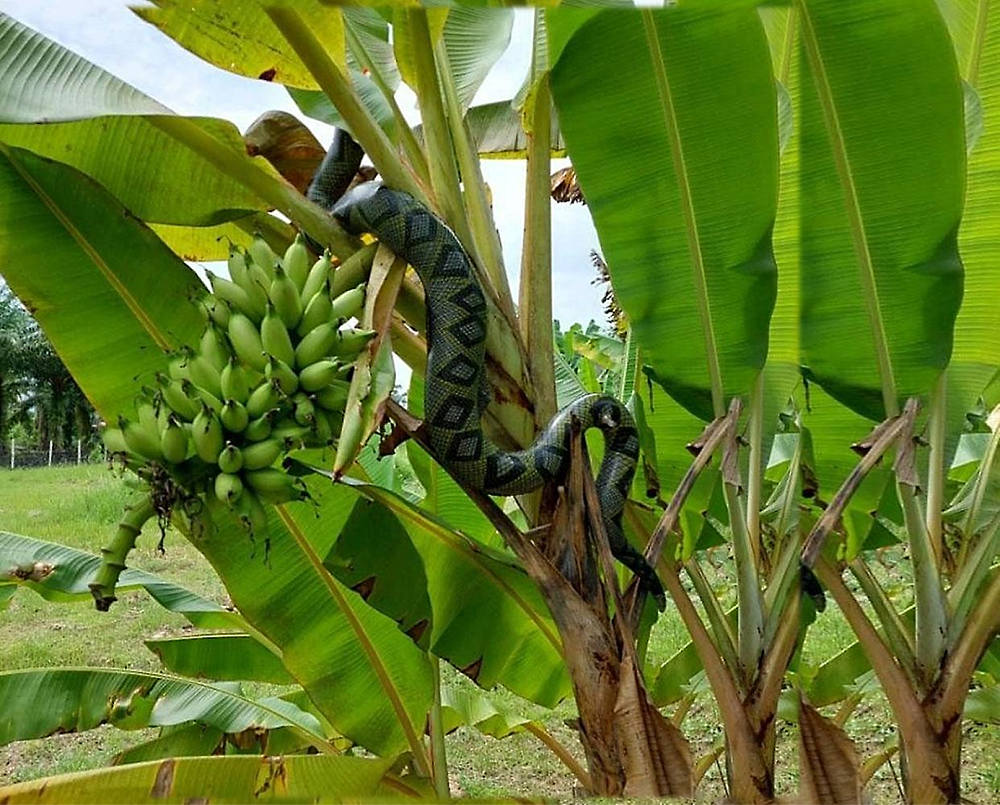
Banana trees are cool and cushiony, which can provide shelter to snakes. Their large, soft leaves can also be a good place for snakes to hide. Apart from this, banana trees are also a great home for frogs and rats, which are some of snakes’ favorite prey. Because banana trees provide a good option for shelter and food to snakes, they attract snakes.
2. Cedar
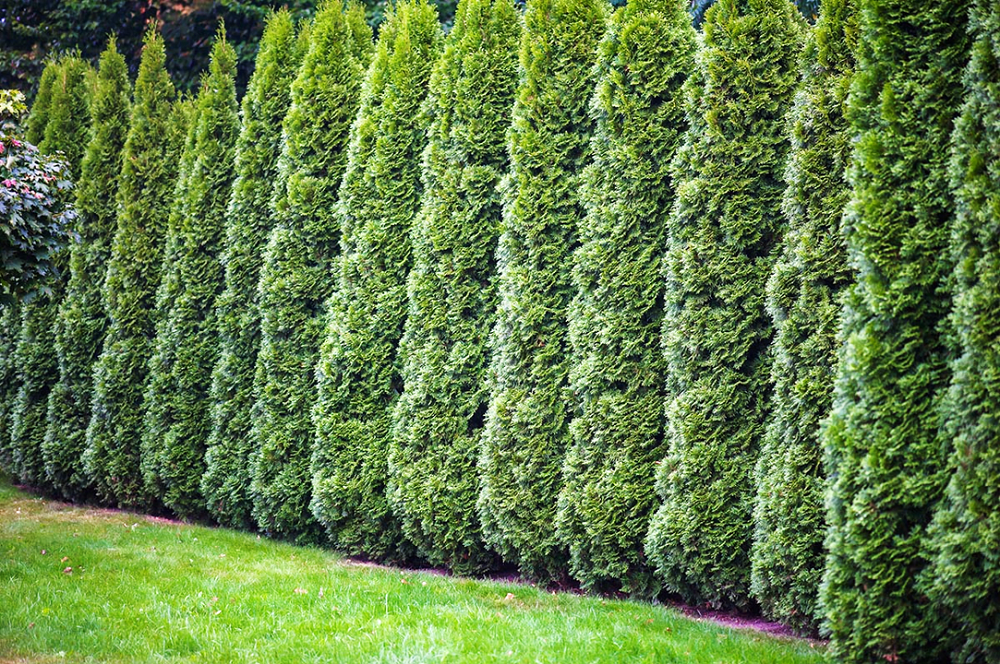
Cedar is a tall ornamental coniferous tree, a branched plant of the pine family, found in the mountainous regions of the Mediterranean basin and the Himalayan range of India and Nepal.
Cedar trees’ wood emits a fragrant smell that attracts snakes. The vines growing on cedar trees make an attractive home for snakes due to the shade and moisture they provide. The shaded areas under the vines are a favorite place for rats, which also provide food to snakes.
3. Clover
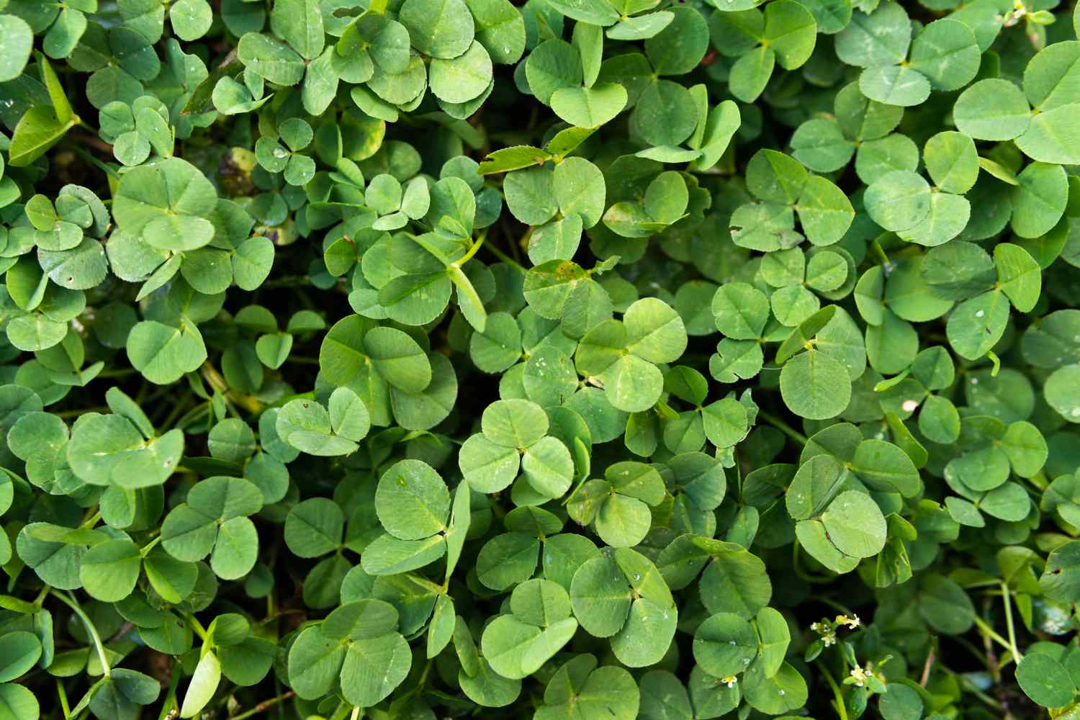
Clover, also known as trefoil, is a short-lived perennial plant. It includes about 300 species of flowering plants of the legume family, originating in Europe. These can be planted as cover crops, which are useful as fodder for animals.
Its flowers are highly attractive to bees and butterflies, which in turn attract frogs and rats to the plant! The plant attracts snakes because it provides food and has dense foliage suitable for snakes to hide in.
4. Cypress
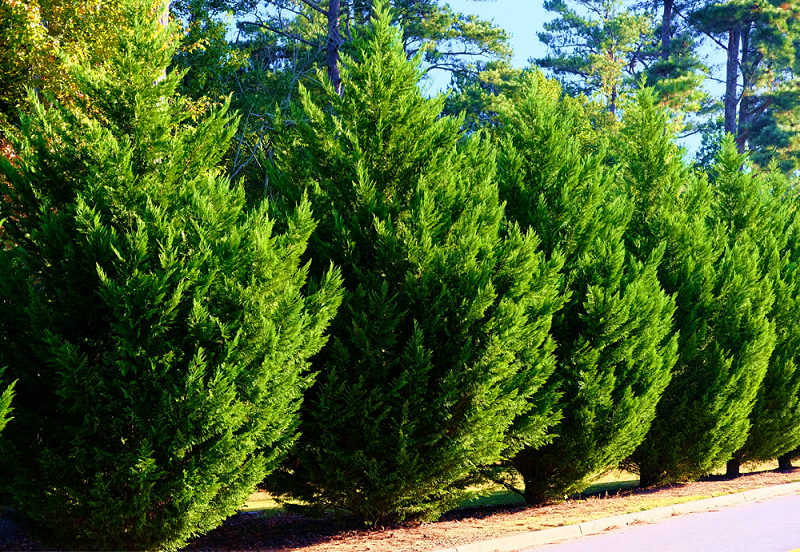
Cypress is a genus of evergreen trees and shrubs native to the eastern Mediterranean region and Iran. There are about 20 different species or types of cypress. The dense foliage of cypress trees provides suitable nesting sites for birds to hunt their favorite prey, and snakes are drawn to these trees to hunt.
5. Hostas
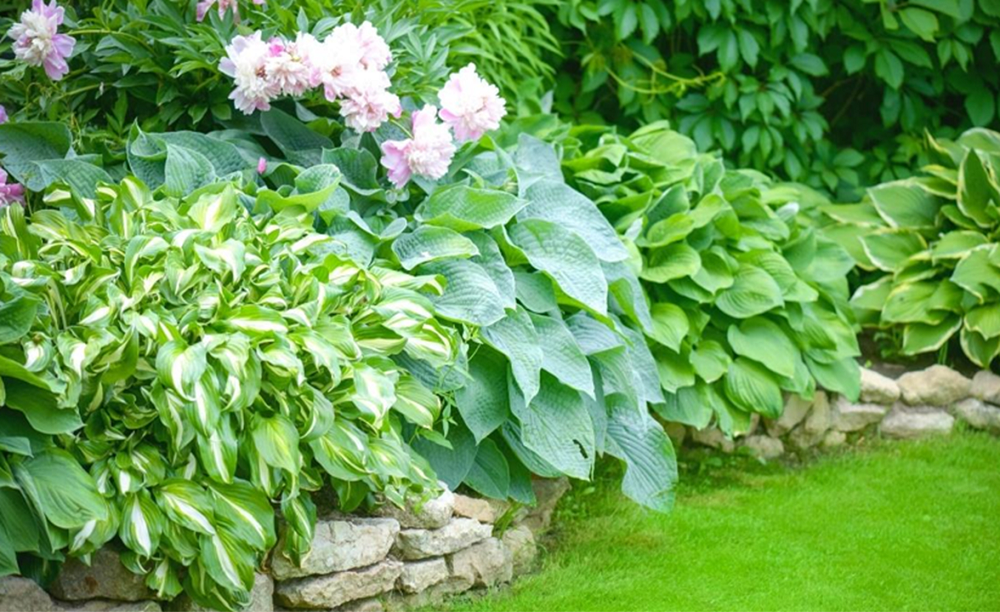
Hostas are a genus of incredibly versatile perennial plants native to Northeast Asia, known as hosta or by the Japanese name giboshi. They are suited to cool, moist, wooded environments and can tolerate temperatures below 40 degrees Fahrenheit for a few months at a time.
Hostas have rich, moist soil around them, and their leaves provide a safe place snakes can easily inhabit, which can be a favorite place for snakes to live.
6. Jasmine
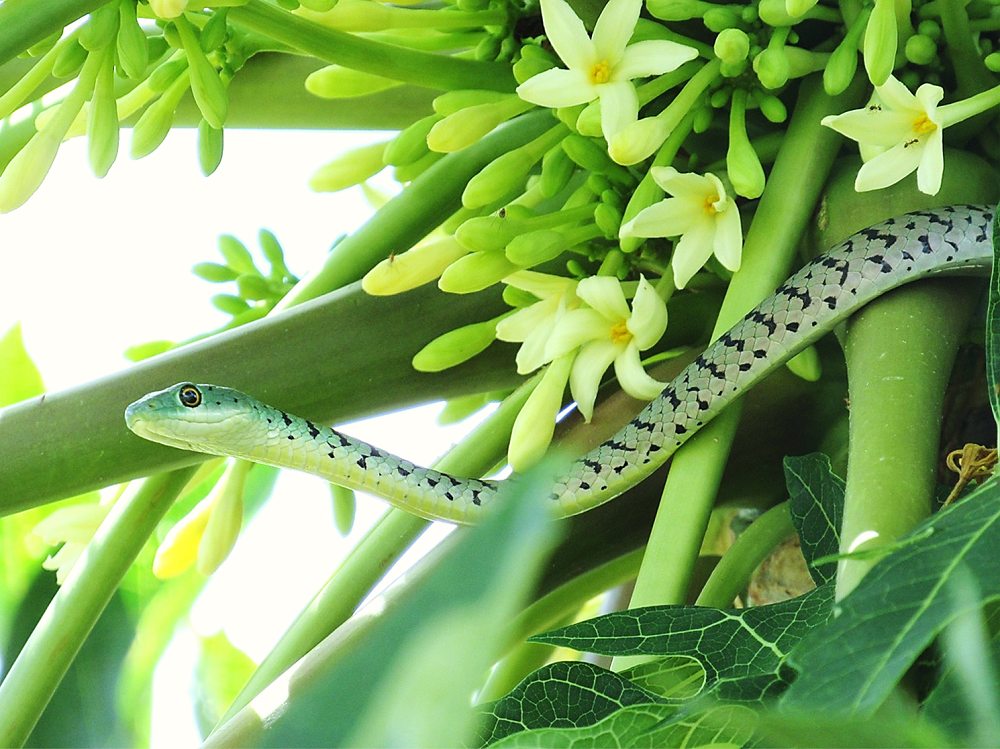
Jasmine flowers are famous for their fragrance. Extracted flowers have been used to make excellent perfumes. Planting a jasmine plant at the main entrance of your house brings fragrance to the house and is thought to bring wealth and prosperity.
But the scent of jasmine flowers is also liked by snakes, and its warm grassy stems and leaves make a suitable place for them to sleep. Hence, this plant attracts snakes also.
7. Juniper
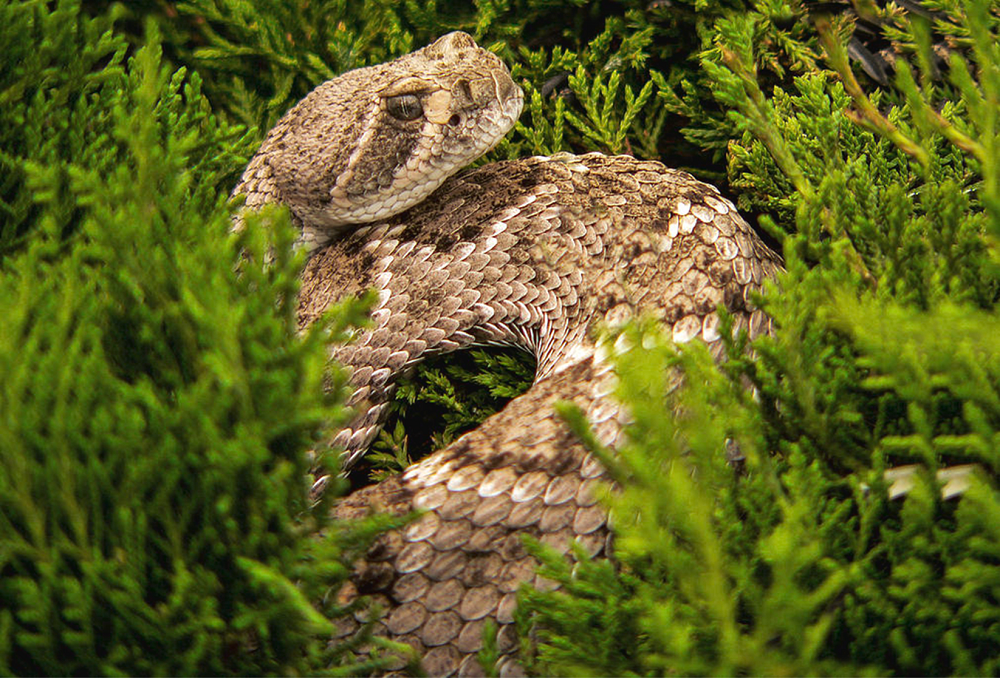
Junipers are bushy, hardy, evergreen conifers that grow to about 3 feet tall in the cypress family and are easy to care for and thrive in most American planting zones.
The evergreen leaves and low-growing branches of junipers provide a perfect hiding place and an ideal environment for snakes.
8. Oak
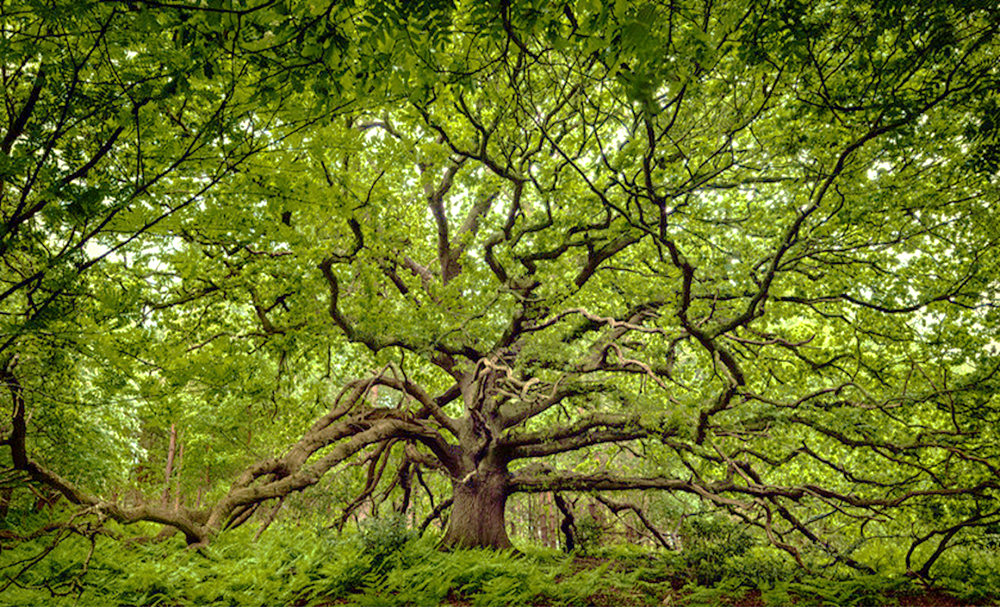
Oak has about 400 known varieties. Its wood is very strong and widely known for its good lumber quality. Oak trees are used for furniture, flooring, railroad and mining, lumber, and a variety of wines and spirits.
Oak fibers are dense, providing habitat and food sources for wildlife and attracting insects and birds. This attracts snakes to hunt for food, and its rough and thick peduncle also makes it easier for snakes to graze, making it one of the snake’s favorite tree.
9. Rubber Tree
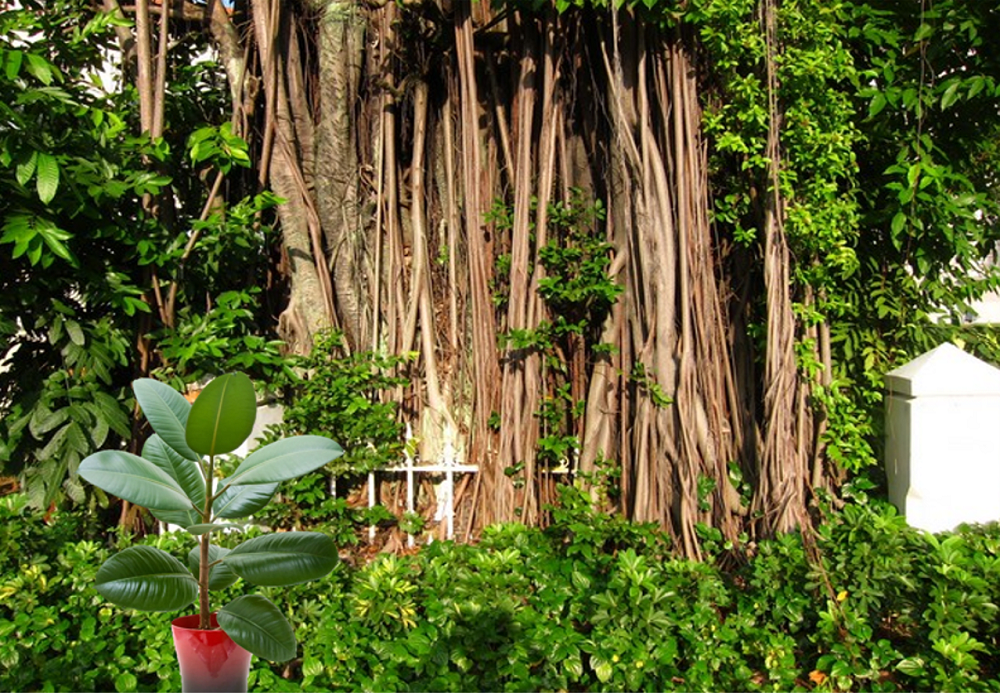
The rubber tree (F. elastica) is a species of fig tree that was once an important source of rubber and is now a popular houseplant. It is native to Eastern India, Nepal, Bhutan, Burma, China, Malaysia, and Indonesia. Now grown as an indoor potted plant, it has many species, including the para rubber tree and the black prince rubber plant.
It is an ideal tree for snakes that climb trees, hunt birds, and look for eggs in bird nests, as its dark, waxy pink leaves make it easy for snakes to hide.
10. Sandalwood
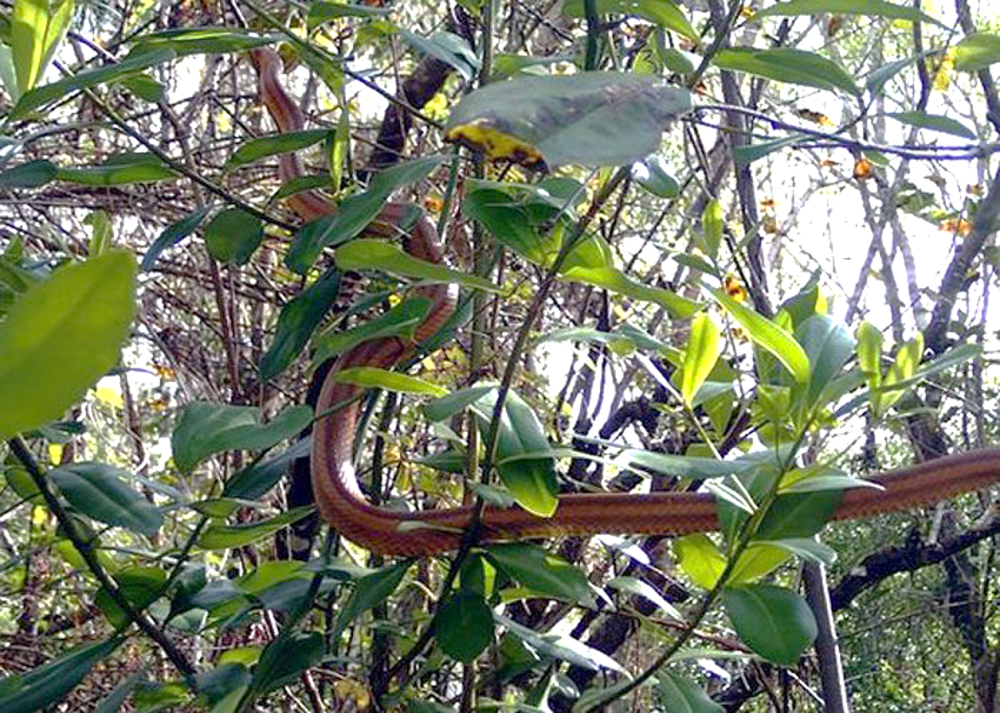
The sandalwood tree is mainly found in the forests of Karnataka, and Mysore, a city in Karnataka, is known as Sandalwood City. It is a slow-growing tree that is considered fully mature after about 30 years. Indian sandalwood is considered to be the best quality in the world, and it is exported to many countries. In Hinduism, sandalwood is considered pure and sacred and is also known as Chandan.
Due to the fragrance emanating from this tree, it is also called Srigandha in Sanskrit; its second specialty is that the stem and branches of this tree provide a lot of coolness. Its fragrance and coolness attract snakes, and it is a favorite tree of snakes.
So what should you do to prevent your home from becoming a place that attracts snakes?
There are usually 3 main reasons why snakes are attracted: hiding places, food and water sources, so to avoid snakes entering your home, you need to limit these 3 factors:
– Kill rats in the house, clear bushes and weeds, regularly cut grass, cover holes or holes, and entrances around the house and ceiling, avoid leaving water sources outdoors, in the yard, garden such as broken pots because they attract snakes as well as provide places for mosquitoes to grow.
– Keep your house neat, tidy and clean, this will limit the places where snakes can live. If you find holes or peeled snake skin in your garden or yard, inform family members to be careful, especially children, and stay away from these places.

